#aquaponic
Photo

【City Vege 城市農人】魚菜共生垂直系統 / 第2次訪問關丹魚菜共生農場
不好意思,這影片又拖了1年才上post
2021年11月31日,再次訪問關丹魚菜共生農場。
由一開始接觸,慢慢去了解魚菜共生個,還得學習學習。
小紅書:MaxxiGe種菜記
#魚菜共生 #aquaponic #垂直系统 #verticalfarming
https://youtu.be/6apSEJLqNBA
//
✅ Maxxi哥 頻道
https://bit.ly/Maxxi哥
✅ 【City Vege 城市農人】
Facebook: https://www.facebook.com/CityVege
3 notes
·
View notes
Photo
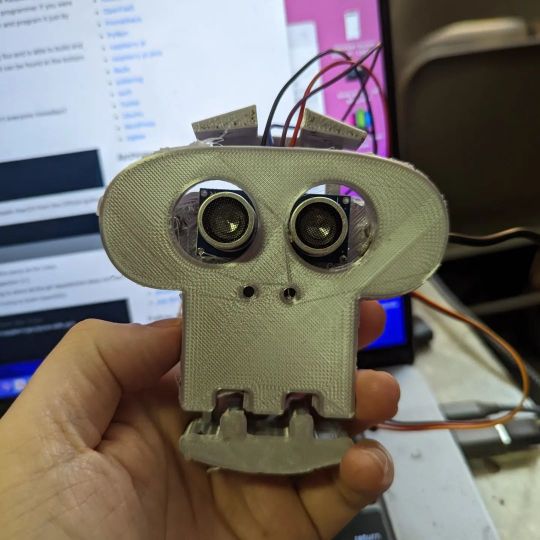
#3dprint #halloween #raspberrypi #hydroponic #aquaponic #skeleton #seedlings #plants (at New London, Pennsylvania) https://www.instagram.com/p/CkJkIE8uU9j/?igshid=NGJjMDIxMWI=
3 notes
·
View notes
Text
Agriloops Raises €13 Million to Build First Commercial-Scale Farm
Key Takeaways
Capital Raise: Agriloops raises €13 million to fund its first commercial-scale aquaponic farm, “Mangrove #1”.
Technological Innovation: The company has patented a unique saltwater aquaponics technology, successfully tested in a pilot farm.
Sustainable Aquaculture: Emphasizing local shrimp farming, Agriloops combines respect for nature and human well-being.
Broad Support: The…

View On WordPress
0 notes
Video
youtube
We are still beginners when it comes to aquaponics (it's become kind of a hyperfixation for my husband). Right now we are only dabbling in aquaponics, which is just the plants and water, but we hope to expand to hydroponics which includes fish! (Or vise versa I get the names mixed up!)
1 note
·
View note
Text
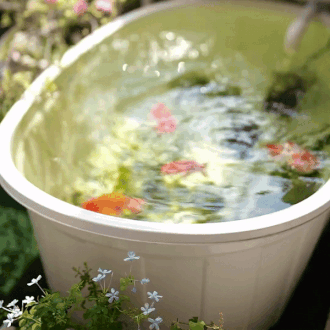
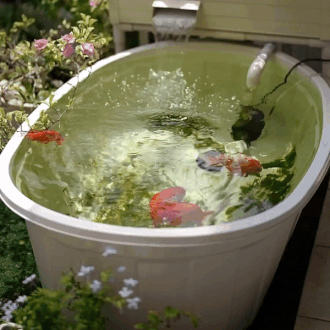

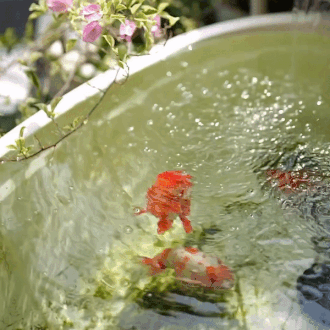
berawaldariember on ig
#aquaponics#goldfish#fish#stim#sfw#green#orange#white#plants#water#flowers#sea creatures#pouring#bubbles#trypophobia#ishy gifs#postish#clear
5K notes
·
View notes
Text
Aquaponic Basics
Aquaponic Basics
Product Description & Features:
Locale : en_US
Name : —
Role : Director
Locale : en_US
Name : Shane Harris
Role : Producer
Prime VideoVideo On Demand *** Estimated Price: $46.99
Shop now at Amazon.com – CLICK HERE for more product details including updated prices, images & customer reviews
Affiliate Disclaimer: As an Amazon Associate, I earn from qualifying…

View On WordPress
1 note
·
View note
Text




A collection of hydroponics and solar powered machines I did over the years🌻
There is something about machines that work together with nature, instead against it, that keeps facinating me. I hope to explore this more in the future!
#dinchenix#solarpunk aesthetic week#pixel#pixel art#pixelart#artists on tumblr#art#solarpunk#my art#hydroponics#aquaponics#solar panels
397 notes
·
View notes
Photo
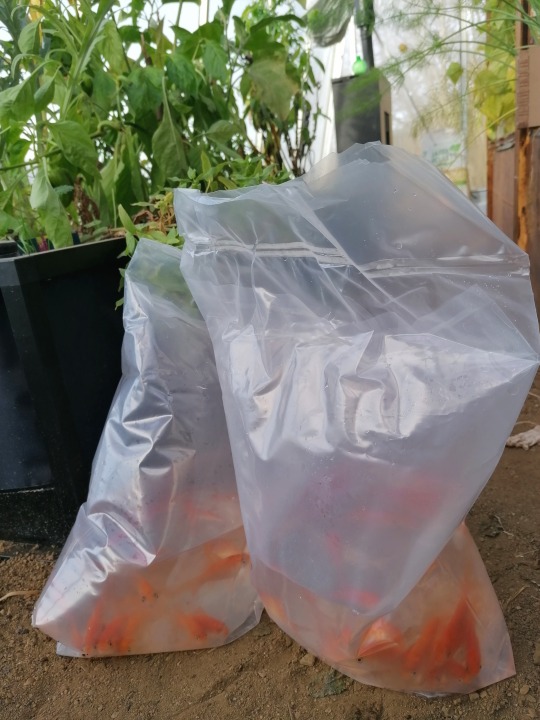
The girls have arrived!!
I received an email from the goldfish-delivering company that had “how to take care of your mogwai” vibes, with recommendations I was expecting like “don’t feed the fish for the first three days” but also some I wasn’t expecting at all, such as “don’t make eye contact with aggressive fish”:

If you zoom in on the picture above, you can see it’s already too late.
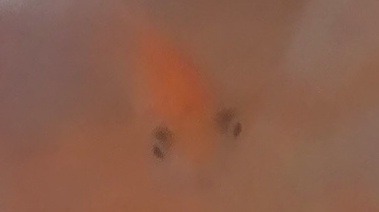
I decided to follow the timeless human tradition of ignoring things I don’t understand, and moved on to phase 2: poking tiny holes in the bags of fish and letting them float around on the water of their new tank until water temperatures and pH became even. In the meantime I had a mystery on my hands: in addition to the two bags of fish I had ordered, the parcel contained another, smaller bag full of some unknown liquid.
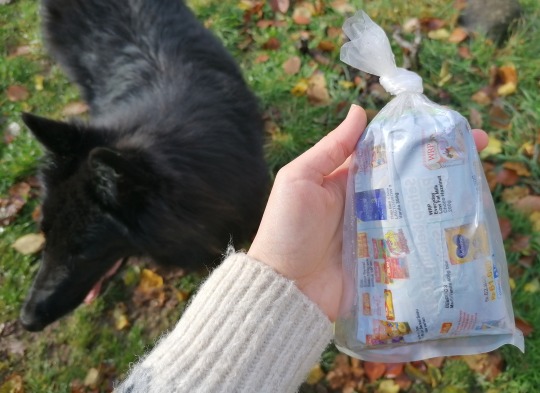
The paper inside is just a page torn off a catalogue, there were no indications as to what this little bag was for and I was puzzled. My first thought was that it contained some kind of big name fish that needed to travel alone—or maybe the aggressive fish that you shouldn’t make eye contact with? An aquatic Pyrgus. But then I opened the bag and it only contained a clear water-like liquid; no fish.
My second thought was that the liquid was a goldfish tonic that I should pour into the tank to help the fish adjust to their new environment. I called the goldfish-delivering company just to make sure, and the man I had on the phone was like “Oh I’ve never been asked this question before! The little bag just contains a block of ice to keep the fish cool during delivery. If there’s still some ice in there you can put it in your apéritif this evening.” I felt pretty silly, but he sounded happy to answer a silly question about ice instead of having someone call to say “some of my fish died during delivery.”
(I shared my initial hypothesis with him—that the little bag contained the fish in chief who travelled alone in its own VIP vehicle—and he said “Vous avez été chercher loin !” (you’ve thought about this a lot!) and I said “no that was my first theory” and he was like “how was it your first theory”)
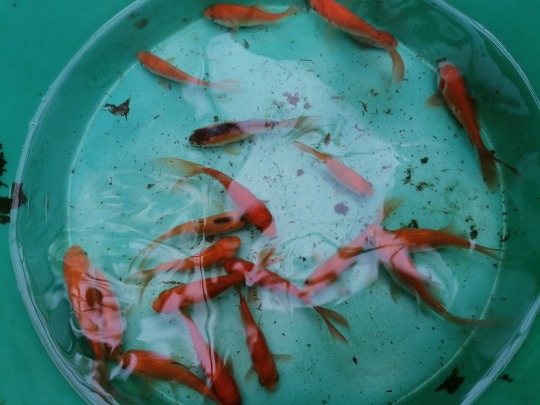
Anyway—the fish had now floated long enough and were ready to be scooped out! Their travel water was pretty dirty and the bags pretty cramped, I bet they’re enjoying their 1000L tank with water lovingly filtered by my hardworking vegetables.
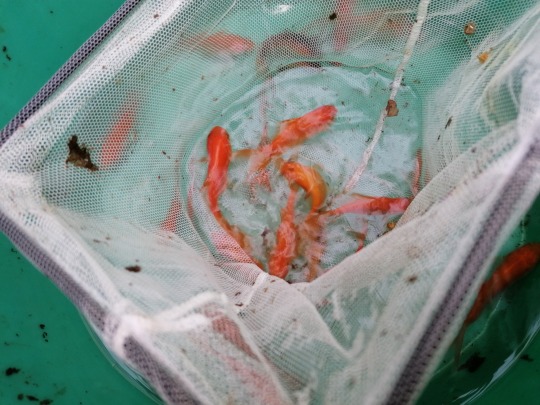
Here they are exploring the place! You can see the plants’ roots dipping into the water from each tower (explanation in this post in case you’ve missed it) so they have quite a lot of underwater greenery to play with or munch on. I hope they acclimatise well and enjoy their mutually-enriching relationship with my greenhouse plants :)

#crawling along#i'm delighted to have fish#i had a friend who was into aquaponics a few years ago and who told me about it#and i thought it sounded super interesting and ended up taking a week-long course with an aquaponics association to learn the basics#i've been re-reading my notes a lot lately i feel like i forgot everything from this course#i still lived in paris when i took it and had no idea if i would ever have the opportunity to put this into practice#but it was just a cool thing to learn about!
2K notes
·
View notes
Text
#organic agriculture#aquaponics#aquaculture#symbiotic relationship#love#permaculture#education#entrepreneur#small business#join us#support communities#youth of america#farm
22 notes
·
View notes
Text
Closing Loops in Soilless Gardening - Hydroponics and Aquaponics
What is the future of food production going to look like? Is the projected 10 billion people in 25 years, out of which two thirds will live in cities, going to require us to convert every square meter of arable land into intensive mono cultural farms? Please don't let that be true! There HAS to be some alternative. Fortunately, there are several. Two of them are different ways of growing plants without soil, a radically new method, which may be most appealing to urban food production.

image source
Hydroponics: Growing Plants in Water
When it comes to growing large amounts of food on a small area efficiently, hydroponic systems are often brought up as a solution. And the reasons sound pretty convincing: An efficient hydroponic farm uses 90% less water, and can yield 3-10 times the amount of produce per area, with 7-14 growth cycles in a year. IMPRESSIVE! But before getting too excited, let's not forget: the devil is in the details! It's worth looking into under exactly what conditions those plants grow, being fed by what light, and most importantly which nutrients, and where they come from.
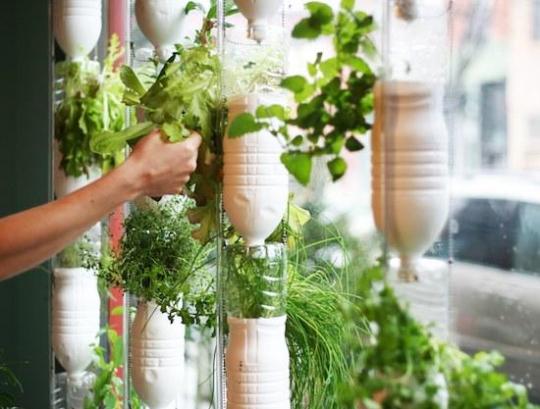
image source
The basic concept, however, of growing plants vertically, in mostly water, with some kind of substrate, such as clay balls or vermiculite, is actually a pretty nifty way to grow food where there are no fields. The most basic form of this may be the Windowfarm technique, which I experimented with myself years ago in my Budapest apartment. Going to Shanghai, the whole idea seems to be taken to a whole new level.
https://static.dezeen.com/uploads/2017/04/sunqiao-urban-agricultural-district-Sasaki-architecture-industrial-china-shanghai_dezeen_hero-b.jpg
image source
Is That Really Sustainable? Or Even Healthy?
… not to mention, does hydroponics even fit into Permaculture? Because let's be honest: with a system that needs to be constantly managed and monitored you could not be further from a self-supporting ecosystem. Also, what exactly do those plants get to eat? The typical N-P-K made industrially out of petrochemicals? Most likely. So while it certainly reduces the transport related drawbacks, hydroponics is by no means energy efficient, and the nutritional value won't be any better than your most industrially grown veggies.

image source
How Does Aquaponics Compare?
Okay, so let's bring in the fish! For those not familiar with the difference between the two systems, aquaponics is the combination of hydroponics and aquaculture, which are simply fish farms. Having fish in a tank, they will naturally defecate into the water, requiring it to be changed regularly. Plants, however love to eat those nutrients that the fish excrete. Or to be more exact, they feed on the nutrients that have been converted by bacteria and other microbes. The ammonia will turn in to nitrites, which in turn become nitrates, that is food for the plants.
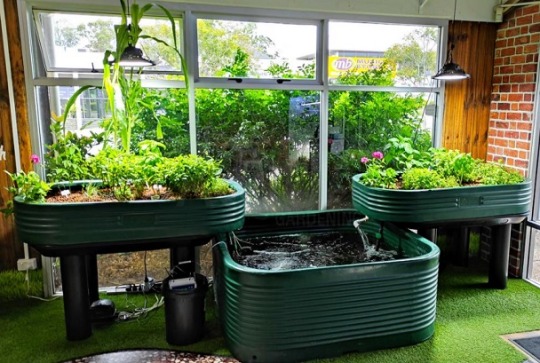
image source
So running the water from the fish through the plants growing substrate will on one hand feed the plants, as well as clean it for the fish to enjoy it again. So the system already closed a few loops there, making it more sustainable than just mere hydroponics. Also, the inclusion of microbes already offers a more diverse environment, bringing the system a bit closer to an ecosystem. But let's not get ahead of ourselves: Aquaponic systems still need close monitoring, as they are still a far cry from a self sustaining ecosystem of let's say a pond. Also, the water circulation / aeration is most likely going to require a pump, and depending on the exact setup of the system, maybe artificial lighting for the plants. All these aspects add to the energy requirement of the aquaponic system.
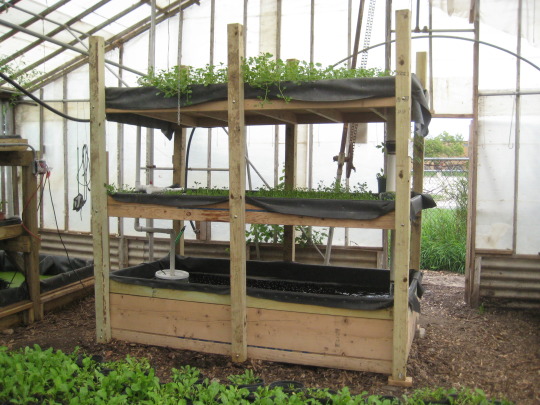
image source
A Truly Closed Loop? Consider the Food of the Fish!
When praising the sustainability of aquaponics, one thing that mustn't be ignored is the source of the fish food. Just like with the hydroponic systems, where the food for the plants or the fertilizer is considered, we can't ignore the feed we give to our fish to eat. If it is the same industrial feed, we may as well have kept to our hydroponics. Not true, since including fish already makes our system more diverse. So instead, let's continue in that same direction. What do fish eat? What is good for them? How can we grow that food ourselves?

image source
Making Your Own Sustainable Fish Food
Here I could probably start a number of individual posts, since talking about fish food is like opening up a can of worms. But fortunately, I already have a number of appropriate things written. Talking about worms, by the way, anyone who has been fishing knows that they are a favored delicacy, and anyone who composts will have no shortage of them. Since worms are mostly vegetarians, and many of us eat meat, it may have been a bit difficult to properly compost greasy, meaty, bony food wastes. That's where black soldier flies come in, whose larvae are also frequently mentioned for fish food. I still need to try growing those guys. As for green plants for the fish, duckweed makes also good fish feed, again something I have no experience with. What I do know, though, is spirulina, which is also super rich in nutrients, and I would be surprised if the fish didn't like it. So I can see throwing some composting worms, black soldier fly larvae, and spirulina into a blender, to make some great nutritious fish food. At the moment this is very theoretical for me, though.

image source
Don't Give Up the Soil Completely
So does this mean we should all focus on setting up our most sustainable fish-plant-compost combo cycles? Hells yeah! But please not at the expense of everything else! Soilless gardening, as exciting and revolutionary as it may sound, is still that: without soil. And let's face it: neither us, nor our beans and tomatoes, have evolved to live entirely without soil. That just seems wrong. Even in a small urban apartment it's worth having a bit of soil on your roof, balcony, or window sill, where you can dig your hands into a world of healthy microbial diversity on occasion. And if you do have the space, by all means, set up a pond, a dam, or another aquatic ecosystem, where fish, and frogs, and dragonflies, and numerous other species can live together without relying on our management. Apart from looking pretty, they will also provide food for us, that is nutritionally superior to anything industrially grown.
Sources: 1, 2, 3, 4, 5, 6, 7, 8
116 notes
·
View notes
Text
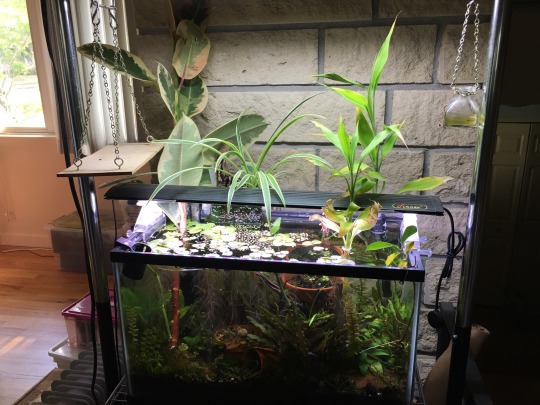
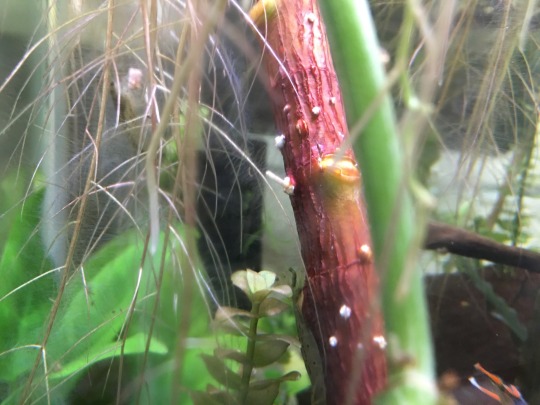
I pruned my variegated rubber tree and put the two cut stems in water. One sprouted immediately and the other sat stagnantly for awhile before developing some slimy film. I popped that one into my tank and the shrimp and snails helped clear away any mold, which gave it time to sprout roots as well.
#the slow one is definitely the ugly step sister of the two#it had grown into the corner of the ceiling which caused the leaves to become trapped in themselves and break apart and rot a bit#but I’m gonna snip those off and she’ll be right as rain. or rather#crooked as rain because again she grew into the ceiling.#gonna start calling this garbage aquaponics#variegated rubber tree#ficus#houseplants#shrimpblr#fishblr
24 notes
·
View notes
Text
Mini Ecosystem Algae Producing Omega 3 Proteins Oxygen No Water Change Aquaponics
🌿 Welcome to our educational and intriguing video exploring a mini ecosystem in aquaponics, where algae play a pivotal role in sustaining life. Titled "Mini Ecosystem: Algae Producing Omega-3 Proteins & Oxygen - No Water Change Aquaponics", this video showcases a self-contained aquatic environment thriving with goldfish, guppies, and nutrient-rich algae.
🐠 See the Symbiotic Relationship in Action:
Dive into the world of aquaponics where goldfish and guppies coexist in a mutual relationship with algae. Observe how these fish contribute to the ecosystem, while feeding on the algae, which in turn produce vital omega-3 proteins and oxygen.
🌱 Algae: The Heart of the System:
Algae isn't just a food source; it's the backbone of this mini ecosystem. Rich in omega-3s and proteins, algae support the health and growth of the fish, while their photosynthetic process generates oxygen and helps in purifying water.
💧 Innovative No Water Change System:
This video highlights the efficiency of the aquaponics system, where the need for water changes is eliminated. The natural filtration process created by the algae and the fish's symbiotic relationship ensures a stable and clean environment.
🐟 Goldfish and Guppies: Perfect Aquaponics Companions:
Goldfish and guppies are more than just pretty faces in this setup. They play a crucial role in maintaining the ecosystem's balance, and their interactions with algae make for a fascinating watch.
🔬 Educational Insight:
Whether you're an aquaponics enthusiast or a student of sustainable ecosystems, this video offers a wealth of information about the practical applications of aquaponics systems, the benefits of algae in aquatic environments, and the nutritional advantages of integrating such systems.
📹 Join Our Community:
Subscribe to our channel for more insightful content on aquaponics and sustainable living. Share your thoughts and experiences in the comment section, and join our community of eco-conscious individuals!
#sustainability#environment#plasticfree#viral#trash#sustainable#food waste#wastefree#water#aquaponics#aquarium#aquatic#fish tank#fish#fishes
17 notes
·
View notes
Text
Aquaponic and hydroponic herb garden.
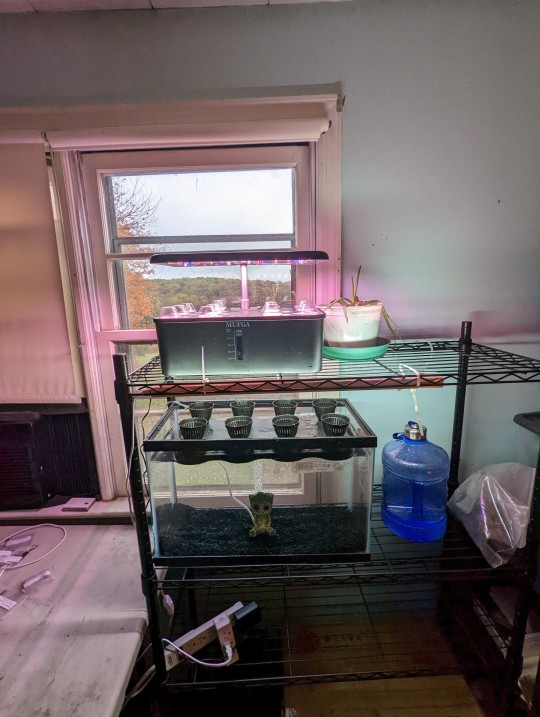
I picked up the 10 gallon aquarium at Petco for $10.
1 note
·
View note
Text
youtube
There are so many barriers in place when it comes to growing food in cities, but education and lack of access to space are the hardest to overcome. Yemi Amu has dedicated her life as a farmer to solving this problem, by starting the only Aquaponics farm in NYC. Oko Farms in Brooklyn is both a working farm which provides fresh food to surrounding neighborhoods, while also actively engaging the public in education on how to grow food for yourself in urban environments.
#PBS Terra#solarpunk#aquaponics#USA#new york#new york city#brooklyn#Yemi Amu#food security#farmer#black farmers#farming#aquaponics farm#Oko Farms#urban gardening#urban farming#Youtube
4 notes
·
View notes
Text
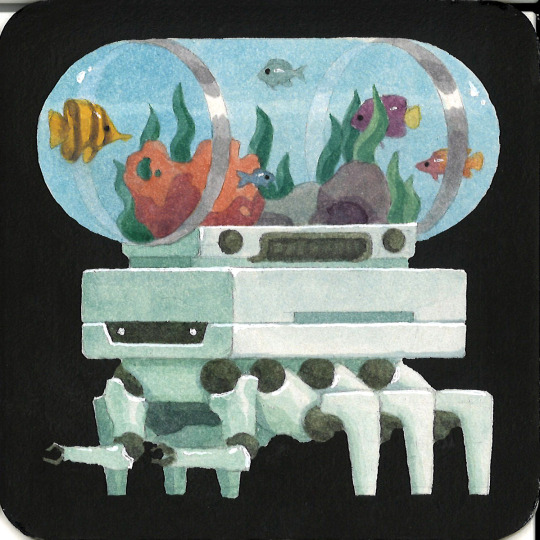
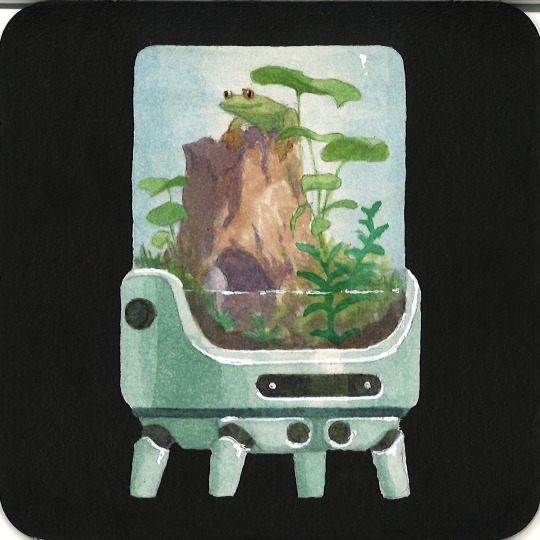


This Sunday!! Salut 8 group show opens to the public over at @nucleusportland @drinkanddrawsociety 🐸🪲🪼🐠 Always a pleasure seeing so many cool artists' works together in one place. Check it out starting online and if you're in the Portland area!
#watercolor#ink#solar punk#aquarium#aquaponics#coaster show#coaster art#concept art#mecha#mech#terrarium#artists on instagram#artists on tumblr#painting#women in animation#art#illustration#jellyfish#fish#frog#vivarium#paludarium#gallery#gallery nucleus#beetles#fish tank#traditional painting#paint#robot
51 notes
·
View notes
Text
What’s growing in our hydroponic tunnel house?
Perth, Western Australia.
#australia#hydroponics#food#aquaponics#vegetable garden#diy#backyard harvest#perth eze grow hydroponic and aquaponics#homegrown#youtube
3 notes
·
View notes